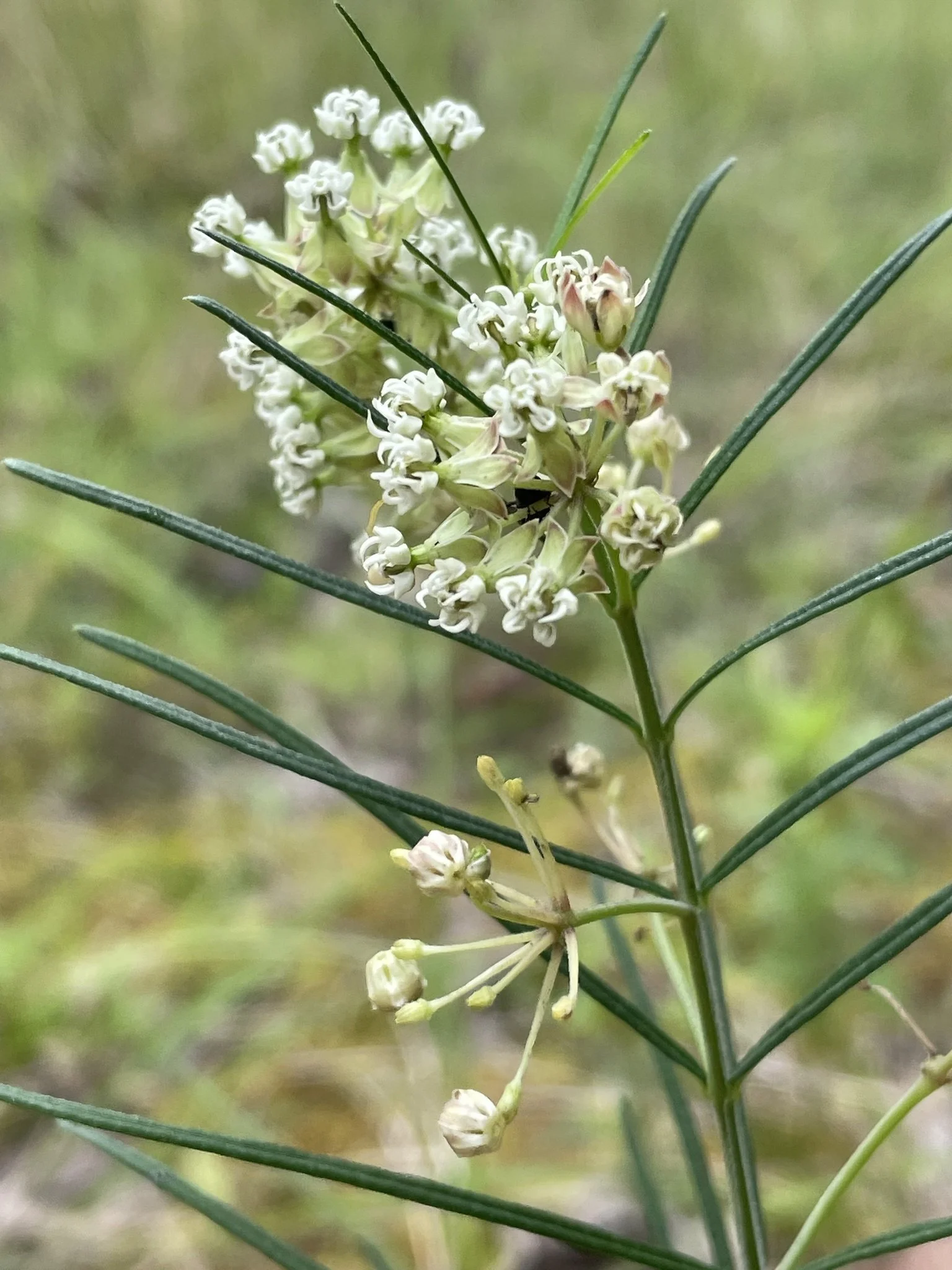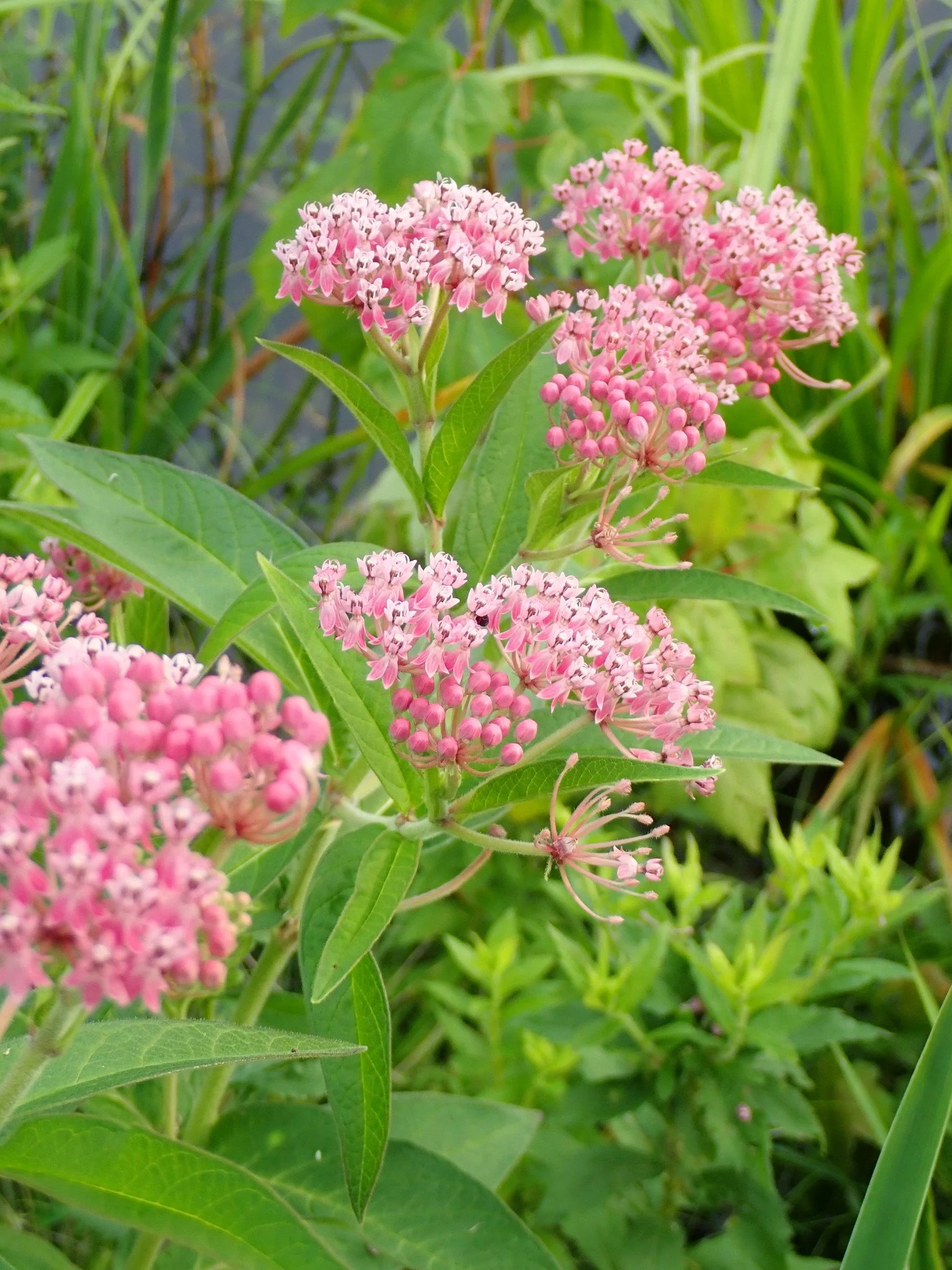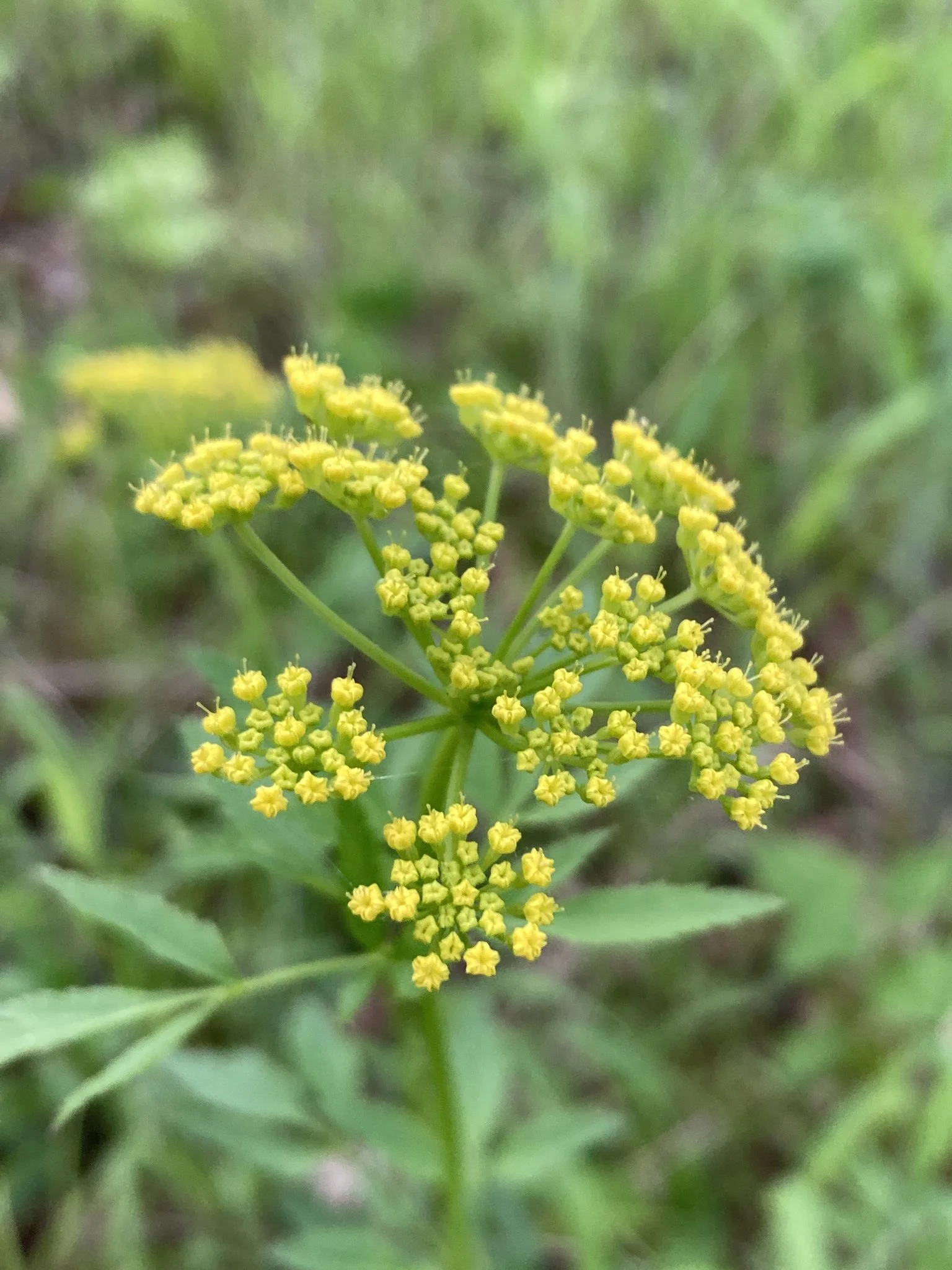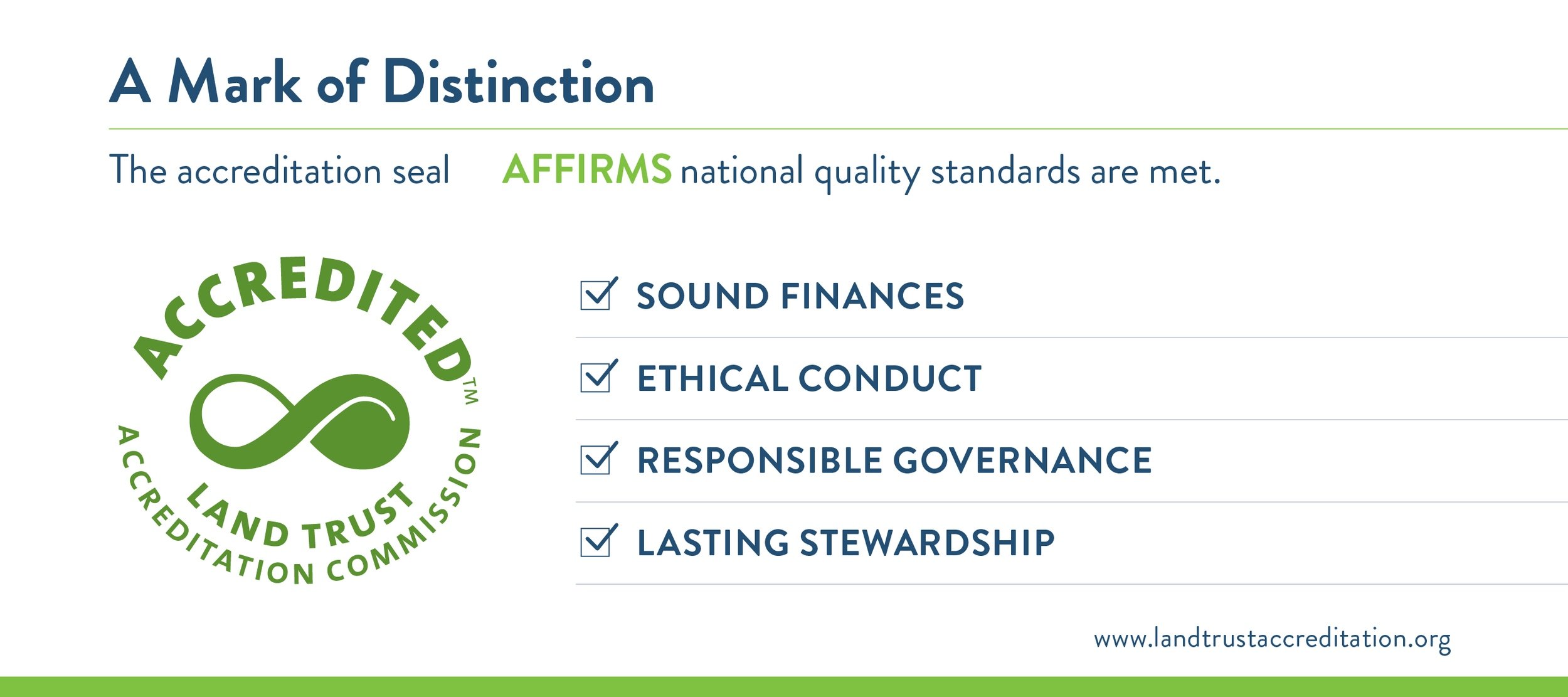Butterfly Blend | Sixth for a Cause
Thank you to our butterfly-loving friend, Tracy Daujotas, for all the the seeds!
Whorled milkweed (Asclepias verticillata) is native to most of the eastern United States. In central Kentucky it can be found in dry open woods, pastures, fields, and roadsides. The flowers attract wasps, honeybees, moths, and butterflies. Like other members in the milkweed family, whorled milkweed is an important food source for the monarch caterpillar.
Common Milkweed (Asclepias syriaca) is native to much of the United States east of the Rocky Mountains. In Kentucky it is most often found in fields and roadsides. Common milkweed is a food source for more than 450 species of insects. Large milkweed bugs, milkweed tussock moth caterpillars, and monarch caterpillars can often be found on the plants in summer.
This plant is found in abundance in the fields at West Sixth Farm.
Swamp Milkweed (Asclepias incarnata) is a native Kentucky perennial usually found on the edges of streams and in low areas with damp soil. It is a widely cultivated garden plant and adapts well to landscaping. It is a favorite of the monarch butterfly.
This plant is found near stream crossings on the woodland trails at West Sixth Farm.
Golden Alexanders (Zizia aurea) grows in much of the eastern United States. It can be found in a variety of habitats including forests, abandoned fields, and wet meadows. It is a host plant for the black swallowtail.
Sweet Joe-Pye-Weed (Eutrochium purpureum) can be found state-wide in fields, along roadsides, and on forest edges in Kentucky. They produce an abundance of small flowers that provide a nectar source for many species of moths, butterflies, and bees.






